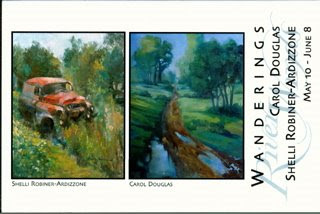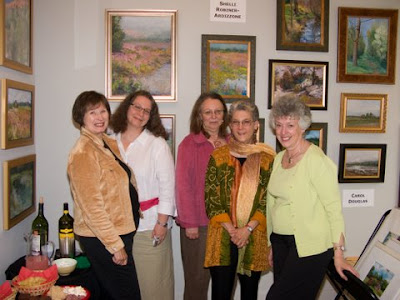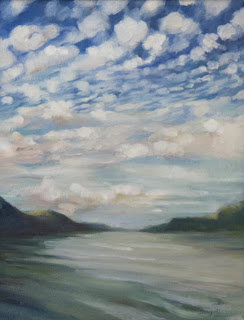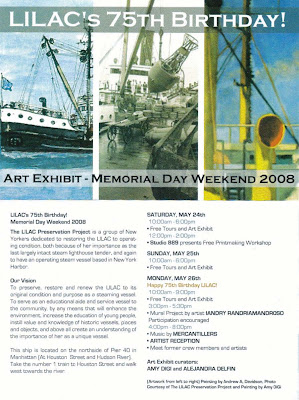43 artists choose locations along the Long Island Sound Shore and have 32 hours to paint, frame, and deliver a wet canvas to the Rye Arts Center. That evening (September 13) the paintings are auctioned off at a charming gala event.
The reception opens at 5:00 PM, by which time I hope to have my face and hands reasonably scrubbed and be changed into some paint-free clothing (it doesn’t always happen). The auctioneer begins the live auction at 6:15. The reception is free but anyone who is interested in attending the live auction is asked to purchase a $10 bidding paddle. Guests are encouraged to purchase bidding paddles in advance as seating is limited.

(frame detail)
A Silent Auction of existing works by these artists is now on view in the gallery. The opening bid on my silent auction piece (above) is $600 and you are welcome to bid in advance by calling (914) 967-0700 x 33. The silent auction ends fifteen minutes after the live auction, on September 13.








